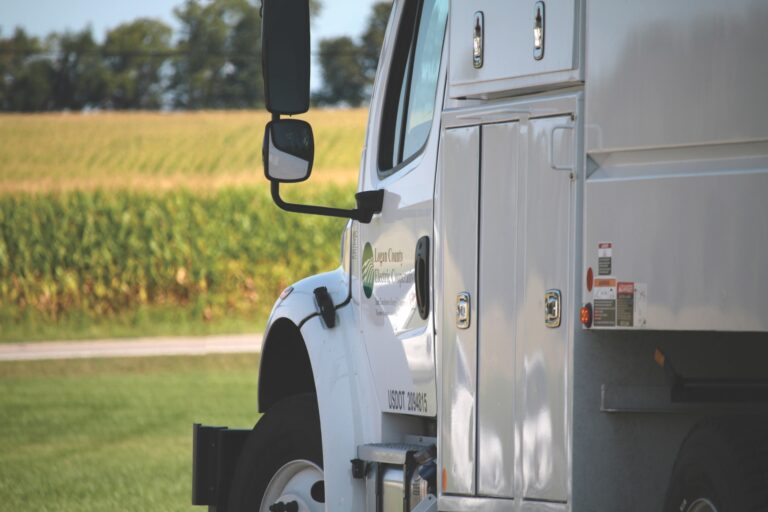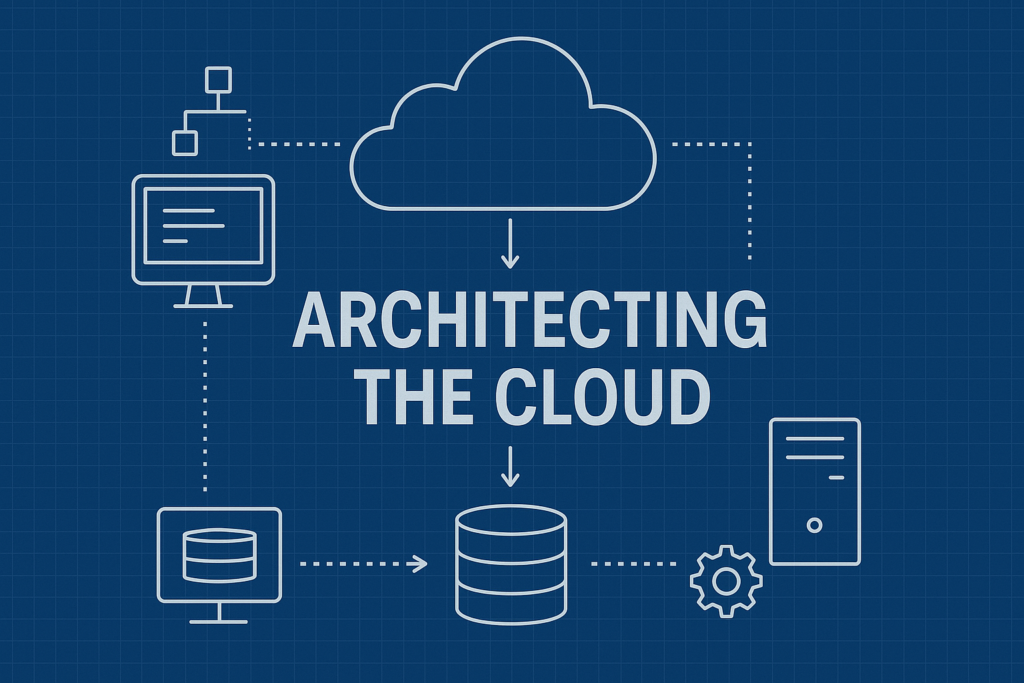Introduction
The waste management industry is undergoing a quiet revolution. Historically reliant on paper logs, analog systems, and fragmented communication, the sector is now embracing cloud technologies to improve operations, transparency, and sustainability.
As someone who has worked firsthand on cloud-native solutions for waste management companies, I’ve seen how technology—done right—can modernize an entire workflow from pickup to reporting.
Here’s how cloud solutions are reshaping the industry—and why it’s just the beginning.
♻️ 1. Real-Time Visibility Across the Fleet
Cloud-based systems allow operators to track trucks, bins, and routes in real time. Using GPS, sensors, and cloud-hosted dashboards, companies can:
- Monitor pickups and drop-offs live
- Identify inefficiencies in routes
- Get alerts when a bin is full or a vehicle goes off-route
This reduces fuel usage, improves service reliability, and makes life easier for logistics managers.
📲 2. Smarter Scheduling & Optimization
With a cloud-based system, scheduling isn’t guesswork—it’s driven by data.
Using historical trends and live sensor data (like bin weight or fill levels), companies can:
- Automatically adjust collection frequencies
- Consolidate underused routes
- Avoid unnecessary pickups
The result? Fewer trucks on the road, lower emissions, and happier clients.
📑 3. Automated Reporting & Compliance
Regulatory reporting used to be a major headache in this industry. With cloud-native portals:
- All activity is logged and timestamped automatically
- Reports can be generated with a click (PDF, CSV, etc.)
- Clients and regulators can securely access documentation through custom portals
This builds trust and cuts down on manual admin work.
🔐 4. Secure, Role-Based Access
In a modern waste management company, different users need different views:
- Field drivers need mobile access to routes
- Managers need operational dashboards
- Clients want to view service history and download compliance reports
Cloud platforms like the one we host on Azure offer fine-grained role-based access, meaning everyone sees only what they need—securely and efficiently.
🔄 5. Integration With IoT and Edge Devices
One of the most exciting transformations is the integration of IoT (Internet of Things) devices—smart bins, vehicle sensors, digital weigh bridges—and their connection to cloud systems.
This opens up:
- Predictive maintenance for trucks
- Real-time weight-based billing
- Fill-level analytics for smarter route planning
When combined with cloud processing and alerting, these devices become part of a seamless operational system.
🚀 Real Example: What We Built at Wastecloud
At Wastecloud, we developed a cloud-native platform tailored for the waste management industry. From scratch, we created:
- A custom dashboard for fleet management
- A client portal for document access
- Real-time data capture from drivers and bins
- Automatic compliance reporting
The result? Better workflows, more transparency, and the ability to scale the business without scaling the chaos.
Final Thoughts
Waste management may not be the flashiest industry—but it’s one where digital transformation has massive impact.
Cloud solutions are helping companies move from reactive to proactive, from manual to intelligent. And most importantly, they’re creating cleaner, more efficient systems that benefit both businesses and the planet.
Whether you’re in the industry or building tech for it, now is the time to think cloud-first.
Leonidas



